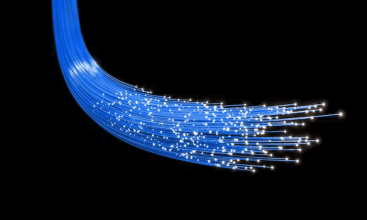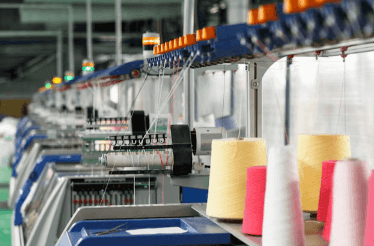Question
a.
marketing and financing
b.
price and costs
c.
input and output
d.
units and batches
Posted under Cost Accounting
Interact with the Community - Share Your Thoughts
Uncertain About the Answer? Seek Clarification Here.
Understand the Explanation? Include it Here.
Q. Industrial engineering method is used to analyze the relationship between
Similar Questions
Explore Relevant Multiple Choice Questions (MCQs)
Q. The residual term is also considered as
View solution
Q. The percentage of variation in the 'Y' explained by the 'X' is measured by
View solution
Q. The small residual terms and positive slope of line indicate
View solution
Q. An analysis of data over successive past periods, which pertain to some plant, activity and organization is called
View solution
Q. The individual variable coefficient's multicollinearity leads to
View solution
Q. The constant variance is classified in assumptions testing as
View solution
Q. As compared to cumulative average-time learning model, the learning model which predicts more cumulative total time to produce more units is known as
View solution
Q. The model, in which the produced unit doubles every time as the cumulative average time per unit decreases, by a constant percentage can be classified as
View solution
Q. In the specification analysis, the assumptions related to variance state that:
View solution
Q. If the slope coefficient is 0.60 and the difference in machine hours is $50000, then difference in cost can be
View solution
Q. The fifth step in quantitative analysis of estimating cost function is to
View solution
Q. The lower level of production leads to
View solution
Q. In plotting the cost functions, the number of machine hours and batches are represented on
View solution
Q. An error term, disturbance term or residual term is calculated as
View solution
Q. The cost function, in which the graph of total cost would not result in straight line is classified as
View solution
Q. An assumption, which states that there must be linear relationship between independent variable and dependent variable is
View solution
Q. The vertical difference, which measures distance between estimated and actual cost for every single observation is classified as
View solution
Q. In cost accounting, the conference, quantitative analysis and account analysis methods are considered as
View solution
Q. The component of total cost, which never changes with change in level of production is classified as
View solution
Q. The strength of relationship between cost driver and cost is considered as
View solution
Recommended Subjects
Are you eager to expand your knowledge beyond Cost Accounting? We've handpicked a range of related categories that you might find intriguing.
Click on the categories below to discover a wealth of MCQs and enrich your understanding of various subjects. Happy exploring!








